Posts
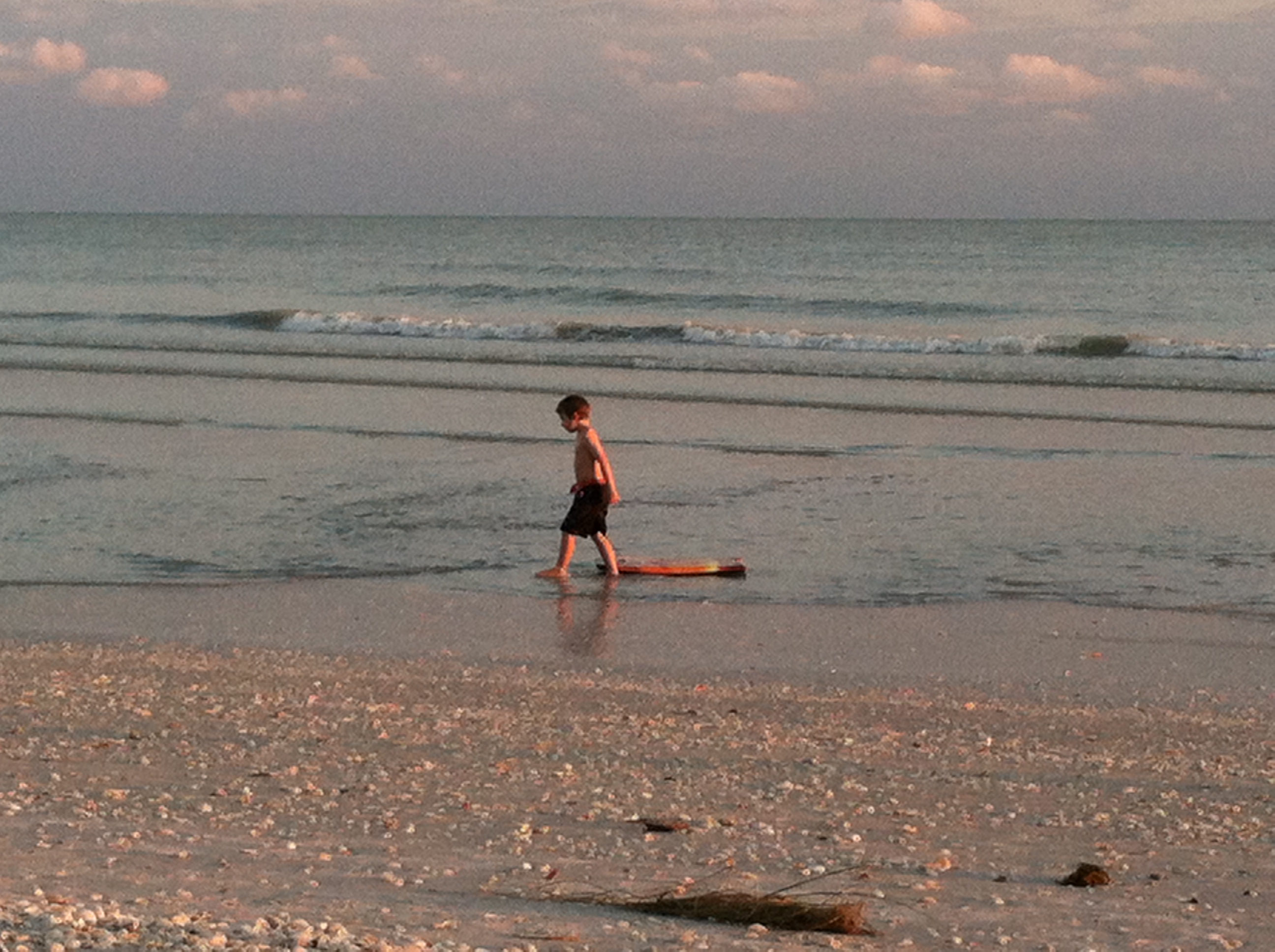
Hope: an essay on the irrational
“Hope, however feeble its apparent foundation, bespeaks allegiance to every unlikely beauty that remains intact on earth” - David James Duncan
A light mist hangs close over the rain-darkened road, swirls and eddies in the fog given the appearance of motion by the sweep of the headlights as our car winds around the bend in the road. Through the open windows comes the scent of wet soil and damp leaves, life unlocked by the first warm, thawing rain of spring, bringing out of the ground the smell of living things.

Climate obligations
Last night I did something that I rarely do: I coerced my son into watching a documentary film with me. Obigatory family viewings of “important” movies always feels stilted to me, like making a passenger in your car listen to your favorite song and insisting that they pay close attention to the lyrics.
Climate change has been much on my mind this week. Not just because we are enduring yet another early-season heat wave here in the northeastern US, but also because I’m attending the Mind and Life Institute’s Summer Research Institute, which this year has the theme of “The Mind, the Human-Earth Connection, and the Climate Crisis”.
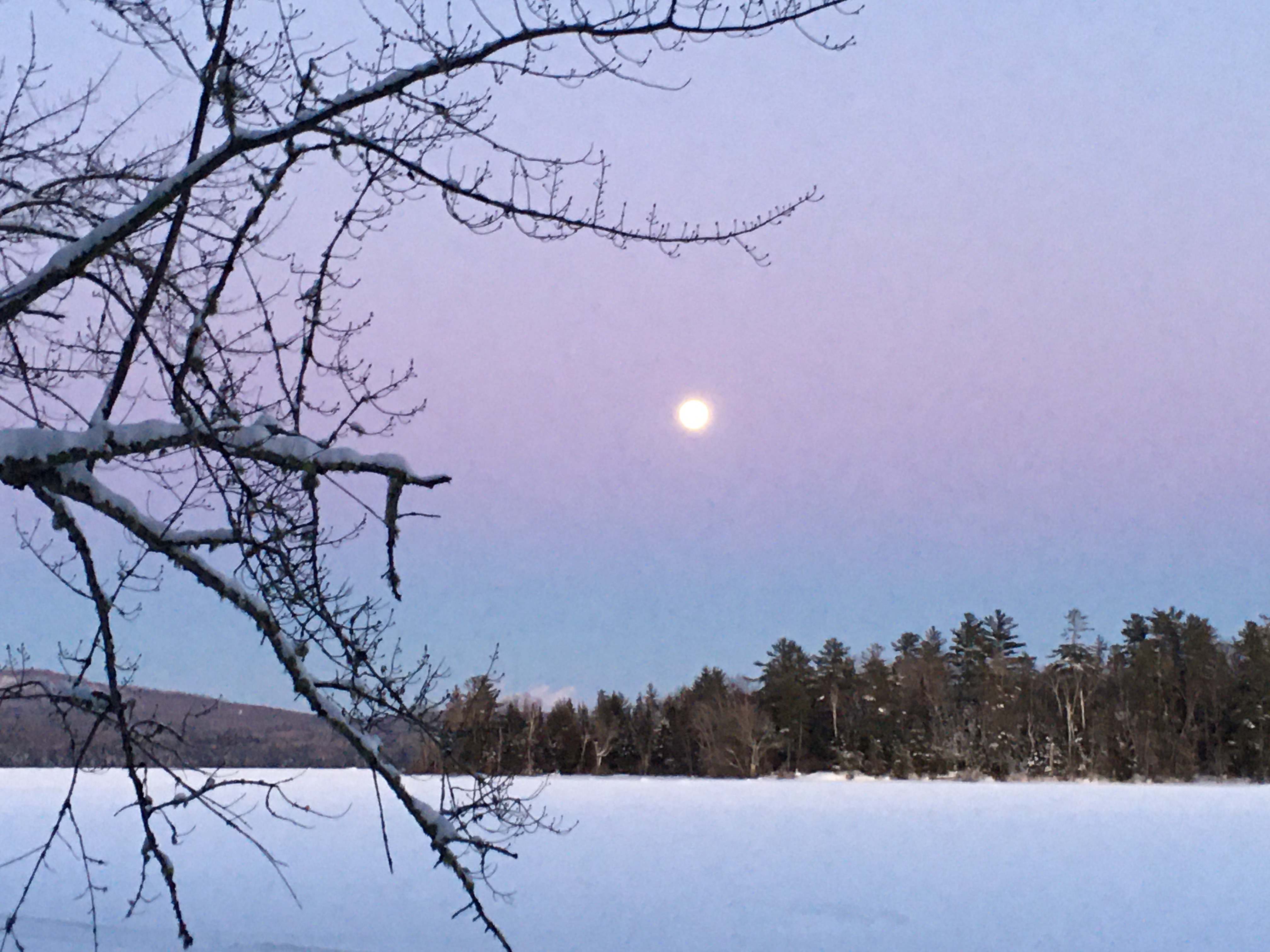
101 Natural History Books to Read Before You Die, No. 8
Natural-history writing comes in many flavors. Sometimes it takes the form of a catalog of observations of plants and animals, other times it presents accounts of exploration and adventure in the wild, and sometimes it is as much about the people as the landscape that shapes them.
Nonetheless, perhaps because its subjects and themes appear so constant, it has to me a timeless feel. For better or worse, the style of the narrative tends towards the uniform, even as the subjects and themes differ widely.

Fox Sparrows move south
Late each fall, and then again early in spring, Fox Sparrows visit my backyard. Large and brightly colored, at least by sparrow standards, they are a harbinger of the changing seasons and a delight to watch during their brief stay. Sometimes they even sing during their brief spring stop-over, a beautiful set of downward, slurred whistles.
Most field guides and general references depict Fox Sparrows as a bird that nests only in the boreal forest of Canada and Alaska and the high mountains of western North America.
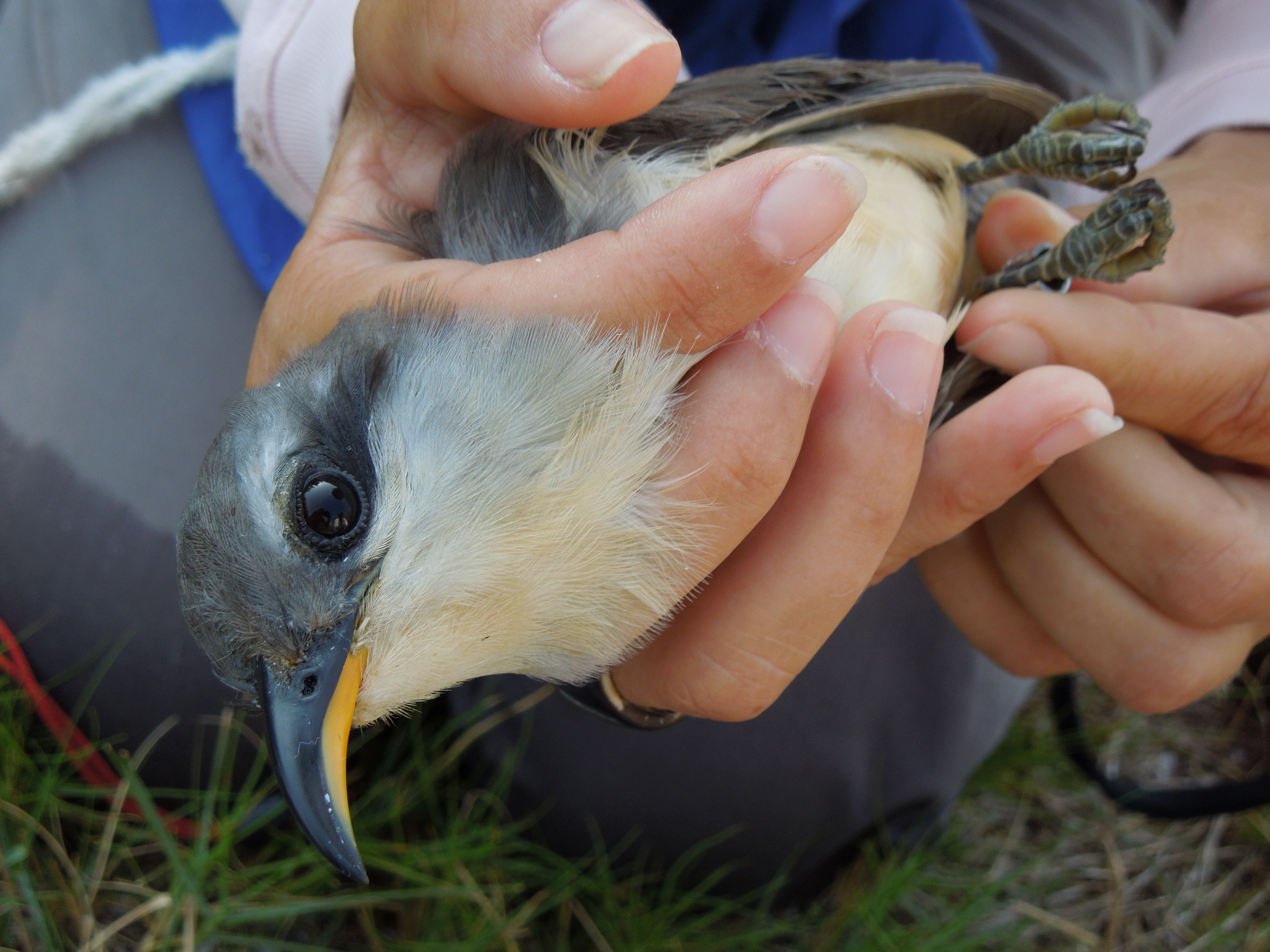
Wanted: Mangrove Cuckoo
I’m waist-deep in water the color of over-steeped tea, feet sinking into the soft, sucking mud of the coastal Everglades. My wet, salty pants chafe miserably at the back of my legs. All around me stand red mangroves, aerial roots spreading out like the legs of some enormous spider. Stretched across a low branch just above the water is a mangrove salt marsh snake, warming itself in the morning’s first rays of sun.
Wildlife-friendly Highways
How can we make roads safer for wildlife and for drivers? In this video, produced by Oregon Public Broadcasting, Peter Singleton and I discuss the problems that roads pose for wildlife and offer up some potential solutions. Originally broadcast as Episode 1801 of OBP’s “Oregon Field Guide”.
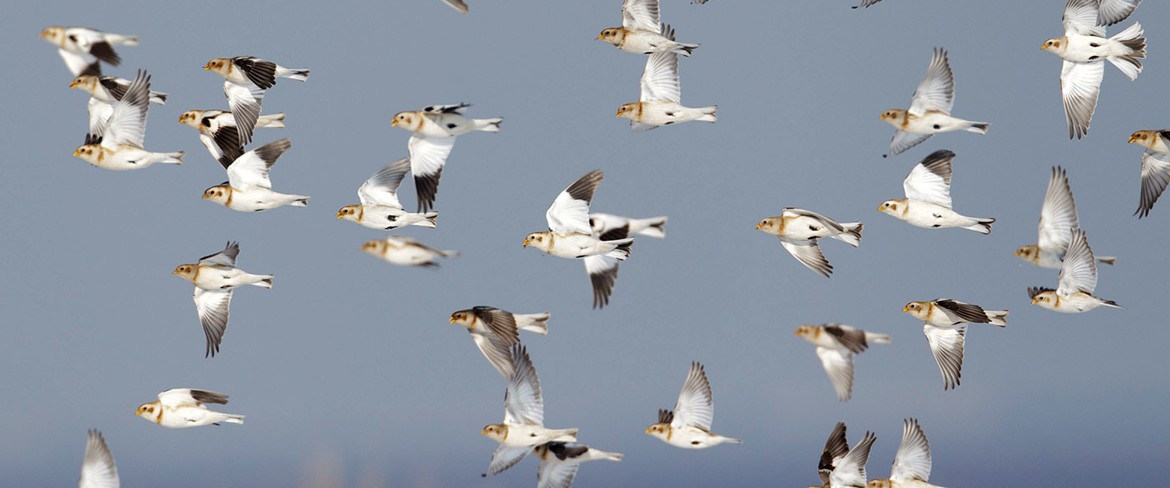
The Migratory Bird Treaty Act and bird conservation
Last December, a team led by scientist Tatsuya Amano from the University of Oxford’s Conservation Science Group published an important paper on waterbird conservation. Using data collected across the globe, they examined population changes over the past 3 decades in 461 species of waterbird, including everything from ducks to shorebirds to flamingos. During this time, waterbirds in some parts of the world thrived, but in other places they experienced steep declines.
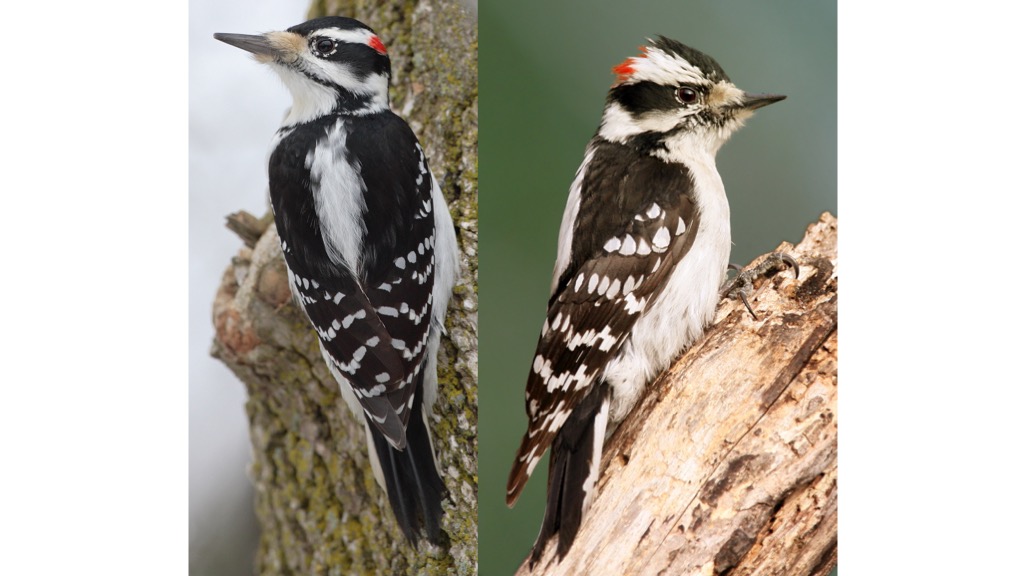
Why are Hairy Woodpeckers and Downy Woodpeckers so hard to tell apart?
As winter descends and the days become cold and short, most of my birdwatching becomes rather narrowly focused on the feeders outside my front door. A walk through my woods in winter, although lovely in its own right, tends to yield fairly few birds. If I’m lucky, I might come across a noisy flock of Golden-crowned Kinglets, Black-capped Chickadees, and Brown Creepers. Just as easily, though, I can spend an hour wandering through the snow in absolute silence; the trees seem empty of birdlife.